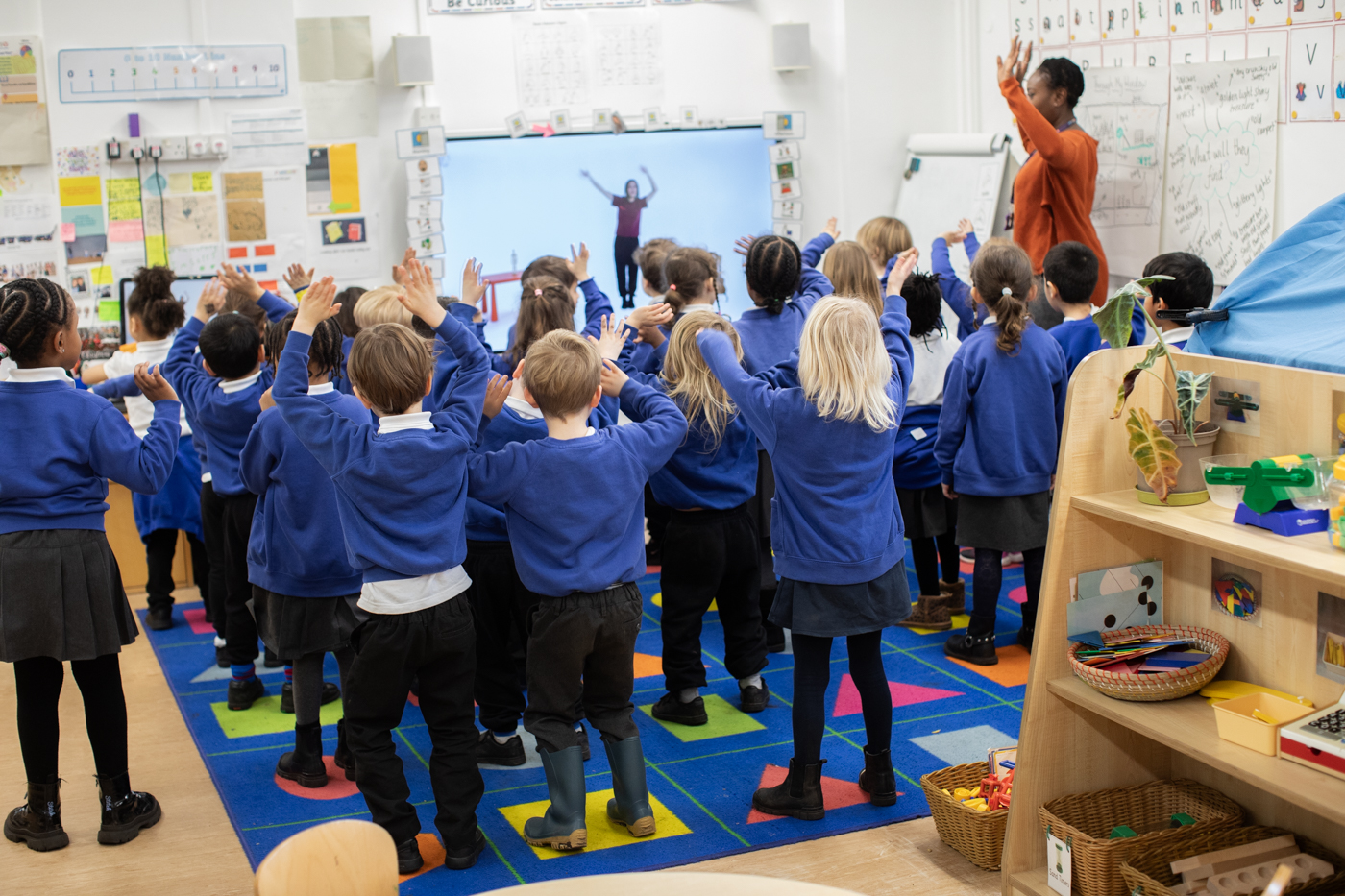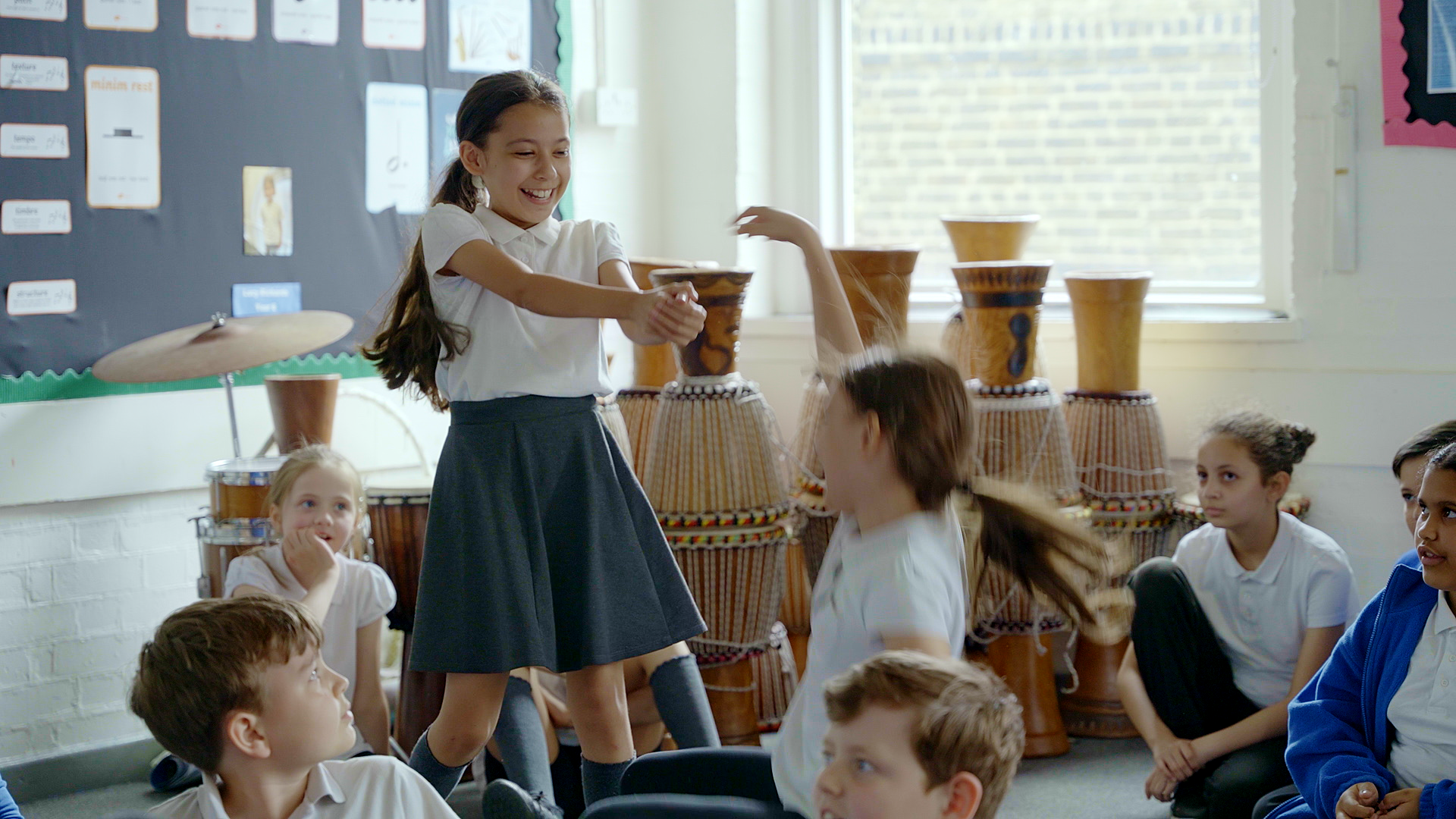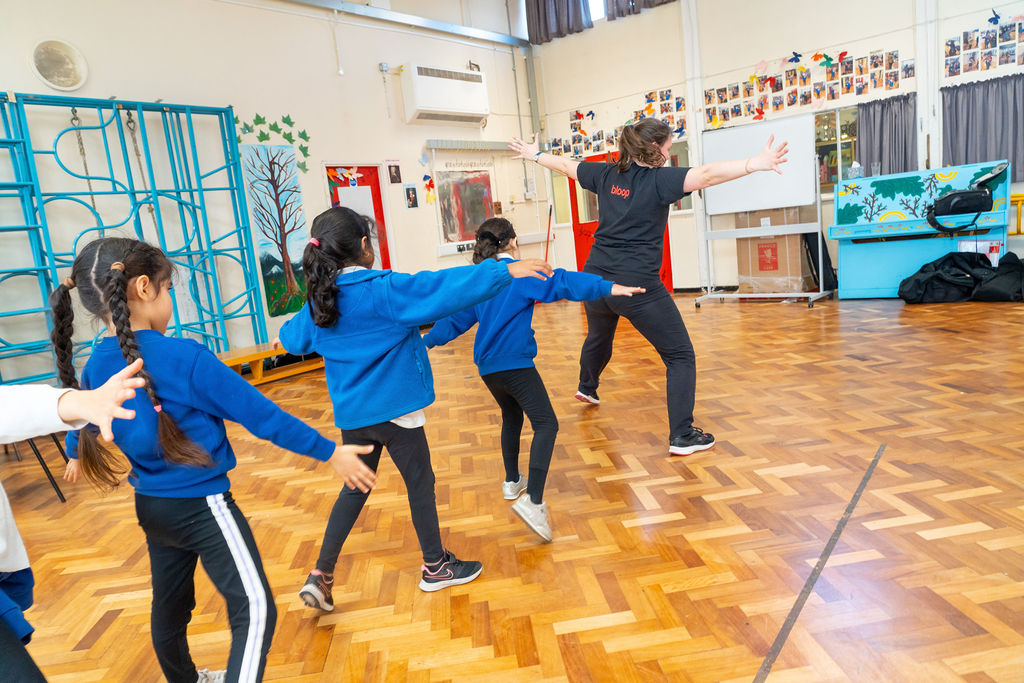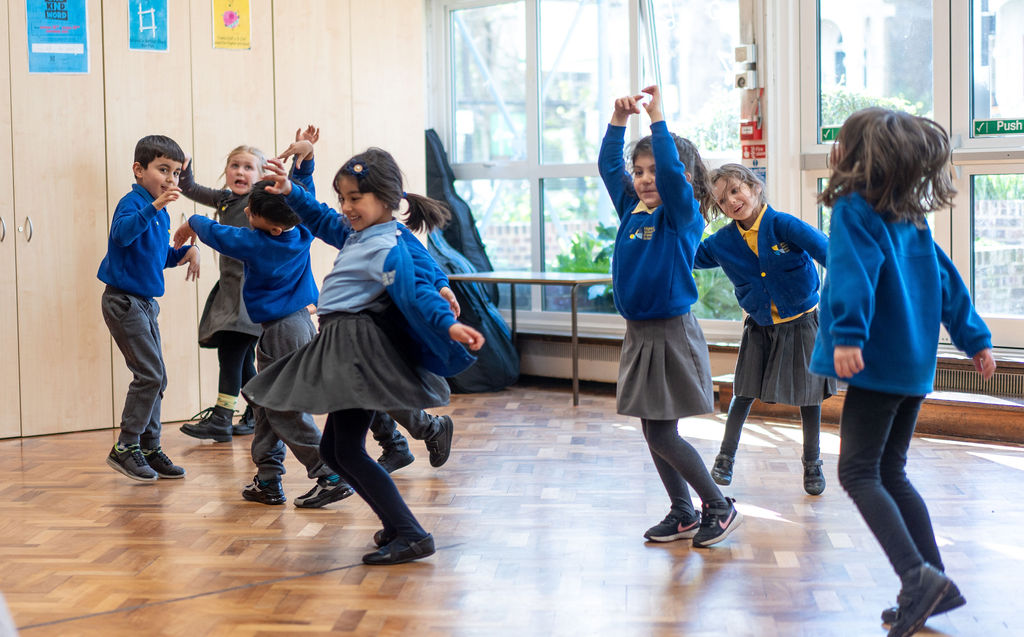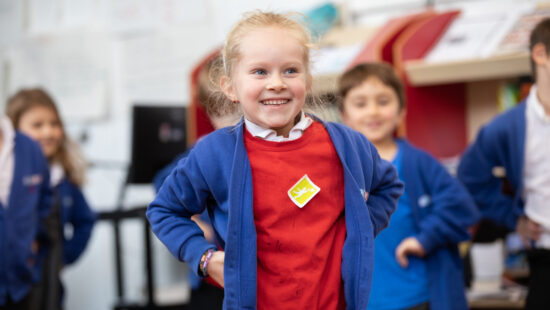How music in schools boosts child development
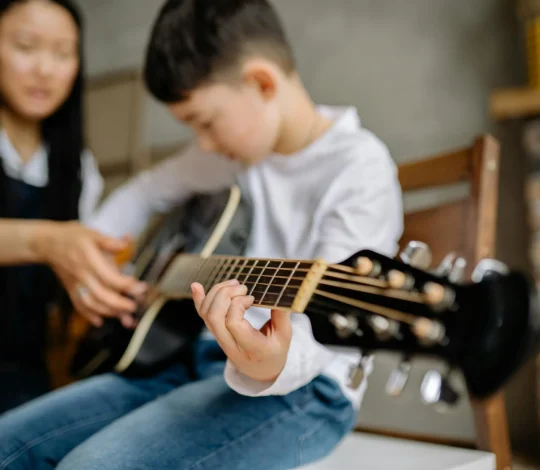
How music in schools boosts child development
Music engages multiple areas of the brain, contributing to cognitive, emotional, and social growth.
Here we explore how music enhances children’s cognitive abilities, emotional regulation, and social skills, while also serving as a useful tool for SEND children.
Music is a universal language, crossing cultural, social, and geographical boundaries. It’s embedded in every culture throughout time as a means of communication, celebration, and education and an integral part of human expression.
With all the known cognitive, emotional, and social benefits, you might expect music to be a prominent feature of education systems worldwide. Yet, despite its proven impact on child development, music education is increasingly undervalued in schools.
Cognitive benefits
Music is known to boost memory, attention, and brain function by engaging both hemispheres of the brain, supporting skills like memory recall and cognitive flexibility. Studies have shown that music helps retain information, making learning more memorable by transforming complex concepts into catchy tunes.
Music’s strong connection to memory often triggers vivid recollections and emotions, reinforcing learning in a way that can make academic content more engaging and relatable. Through music, children not only develop cognitive abilities but also gain a deeper understanding and appreciation for cultural diversity and expression.
Emotional benefits
Music is a powerful emotional tool that many of us turn to when we’re stressed or upset. Listening to music can lower cortisol (stress) levels, promote relaxation, and certain frequencies can have a soothing effect on the nervous system. Upbeat music, in particular, stimulates the production of dopamine and serotonin, which are linked to pleasure and well-being. Engaging with music – whether by listening, playing, or singing – can foster feelings of joy and euphoria. Fast-paced, rhythmic music is also known to enhance motivation, making it especially effective during exercise or when tackling challenging tasks.
Music-making, such as playing, singing, or composing, can serve as a form of self-soothing and emotional release. It provides a safe outlet for expressing emotions, particularly when words fall short. Melancholic or sad music, for instance, can help process grief or sadness in a cathartic way. Different genres and tones can evoke a wide range of emotions, from nostalgia to hope, allowing music to reflect and support the complex landscape of human feelings.
Social benefits
Music enhances communication and social skills by promoting interaction, listening, and cooperation through singing, playing instruments, and group activities. It supports language development by improving pronunciation, rhythm, and fluency, while group musical activities, such as choirs or bands, foster cooperation and a sense of belonging and unity.
Hargreaves & North (2010) highlight how group music-making cultivates essential social skills, including listening, sharing, and understanding others’ perspectives.
Improved focus
Music is an effective tool for improving focus and concentration. It can help children stay on task, especially in environments that require extended focus.
Background music, such as classical or instrumental tunes, can help children maintain concentration. This is particularly useful during tasks requiring sustained attention, like homework or reading.
Active listening to music can encourage mindfulness by bringing full attention to the present moment and music with natural sounds or meditative qualities can deepen relaxation and awareness.
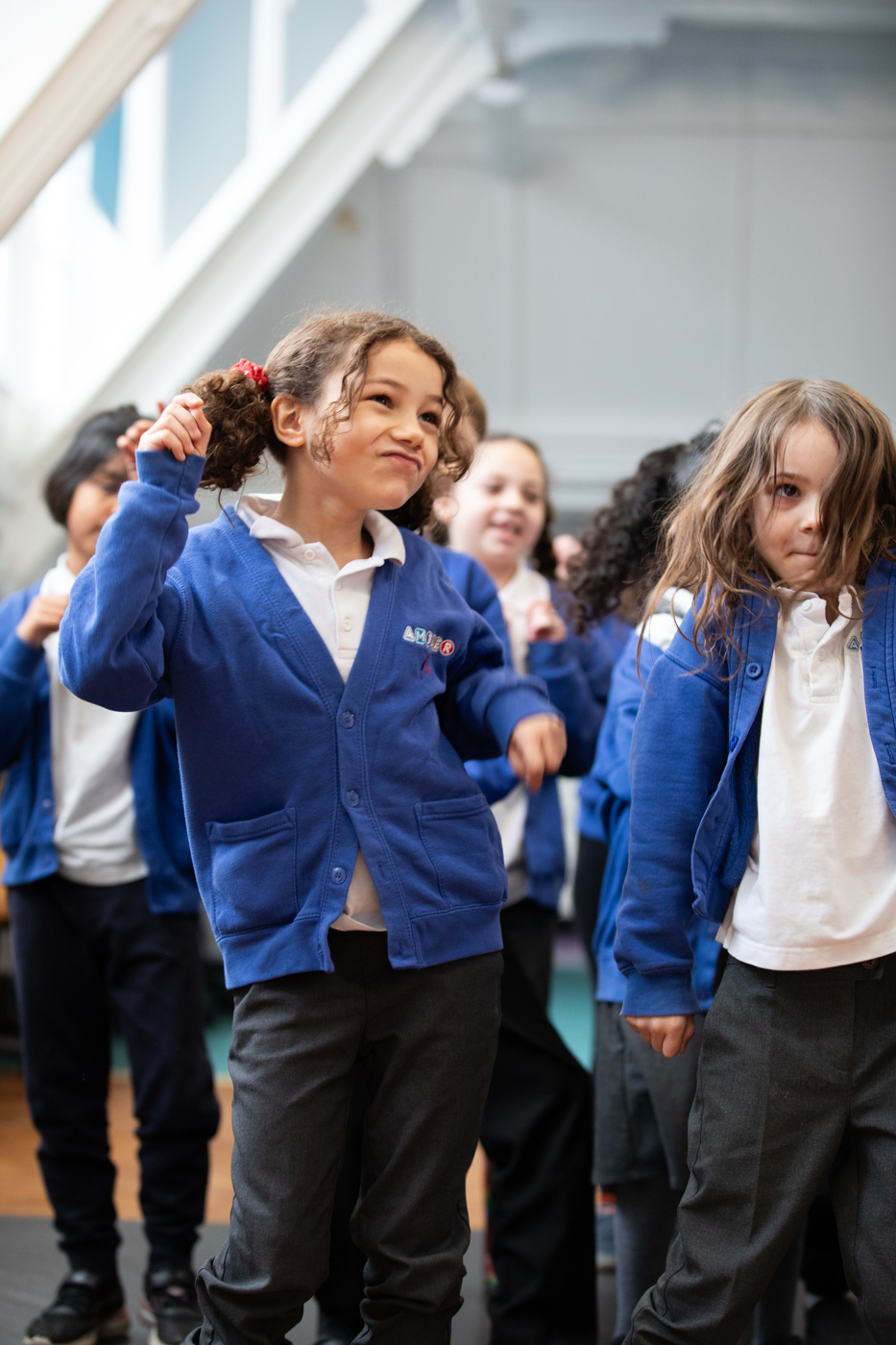
Music and SEND
Music can be particularly beneficial for children with ADHD and ASD. These children often face challenges with attention, social interaction and emotional regulation, and music provides an engaging, therapeutic outlet.
Children with ADHD often struggle with focus and impulse control. Music can serve as a tool to help them channel their energy, stay engaged, and improve concentration. It has a calming effect, reducing hyperactivity and anxiety.
For children with Autism Spectrum Disorder (ASD), music therapy can support communication, social skills, and emotional regulation. Music provides a structured and predictable environment, which can help children with ASD feel more comfortable and improve their ability to engage with others. Research found that music therapy enhances social communication skills in children with ASD, improving their ability to interact and express emotions.
Integrating music into the classroom
Some teachers may be hesitant to incorporate music into their lessons, but using music in the classroom can have a lasting impact on student engagement and learning. Here are several simple ways to integrate music without feeling overwhelmed:
Start small
Begin with short, non-intrusive activities like a 2-minute song to engage students at the start of a lesson or during transitions. This can help set a positive tone and capture attention.
Use music between lessons
Incorporate music as a signal for transitions between activities. For example, a calming tune can signal the end of a lesson, while an upbeat song can mark the start of a group activity.
Incorporate music
Music can reinforce academic subjects. For instance, you can teach multiplication tables or historical facts through songs, making complex topics easier for students to remember.
Create a playlist
Build a playlist of instrumental or soothing music that can be played in the background during quiet tasks like reading, writing, or independent study. This can help improve focus and create a calm learning environment.
Model enthusiasm
Show students that music can be fun! Teachers can sing along, clap to the beat, or even play an instrument, demonstrating that participation is encouraged, regardless of skill level.
Easy rhythm and percussion games
- Body Percussion – Use claps, stomps, and snaps to create rhythms
- Soundscaping – Encourage children to make soundscapes with their voices and bodies using their imagination and creativity. This simple activity can be adapted for any age group or subject. With suggested starting points, children explore different sounds and dynamics in an engaging way.
- Pass the Beat – Students pass a rhythm around the circle using claps or percussion instruments.
- Rhythm Call & Response – Teacher taps a rhythm, students echo it back.
- Musical Simon Says – “Tap your knees to the beat, stomp your feet!”
- DIY Drum Circle – Use buckets, boxes, and homemade instruments to create rhythms together.
- Move to the Music – Play different genres and ask students to move how the music makes them feel.
- Music Storytelling – Play instrumental music and let students act out a story inspired by it.
- Morning Singing Routine – Start the day with an uplifting song to energise the class.
- Call and Response Songs – Helps with listening skills and participation.
Artis resources
How to use graphic scores in the classroom
Adventures in the instrument cupboard
Bringing art to life through movement & dance
If you want to bring creative learning with music, dance and drama to your school, get in touch.
